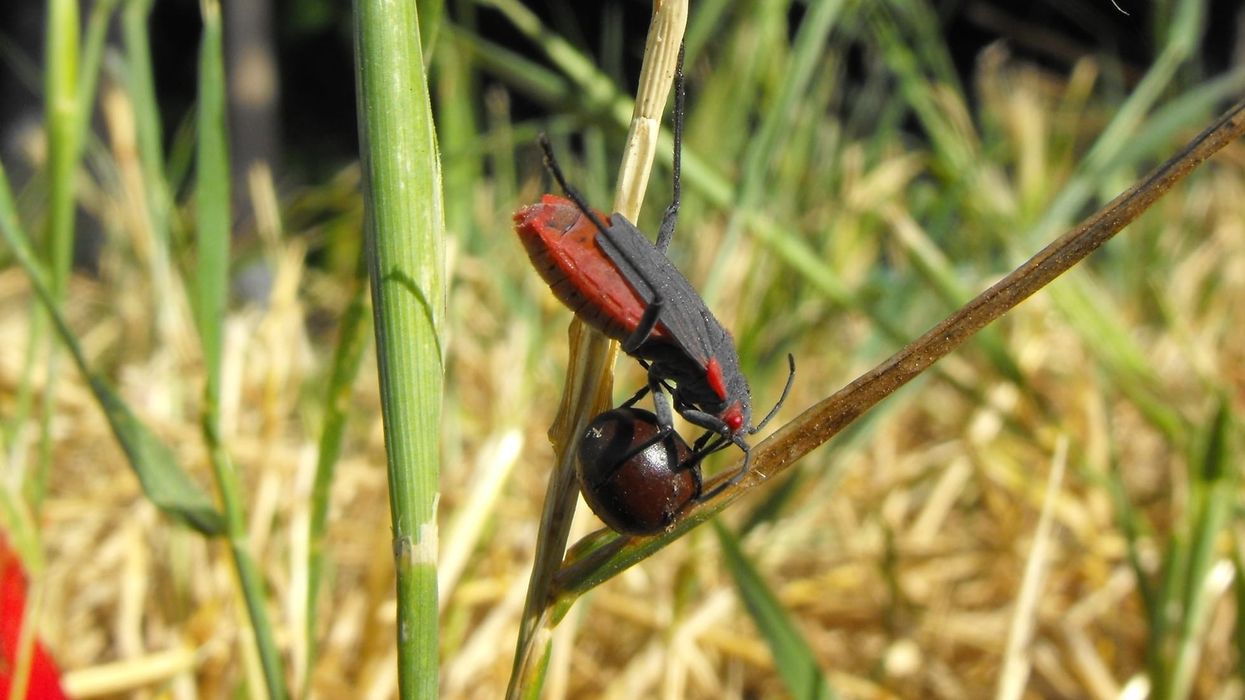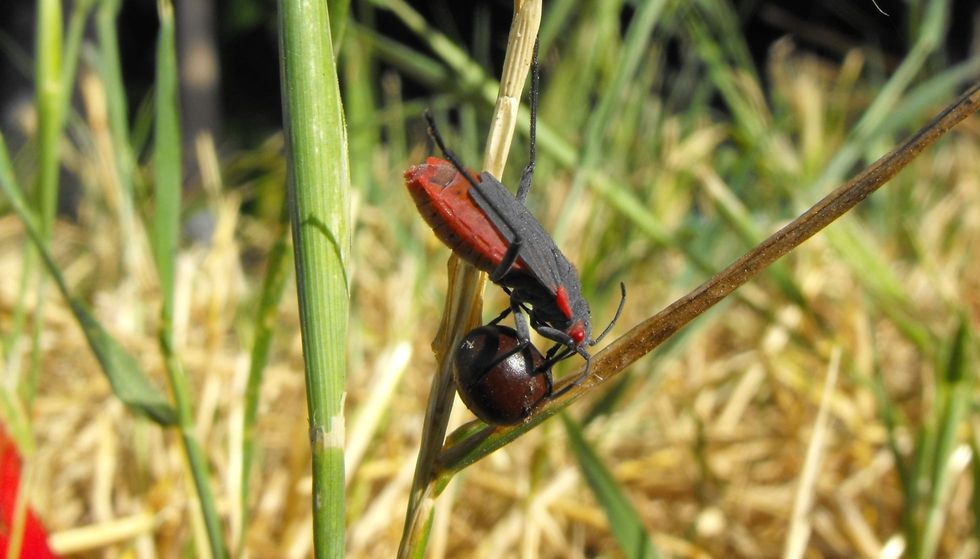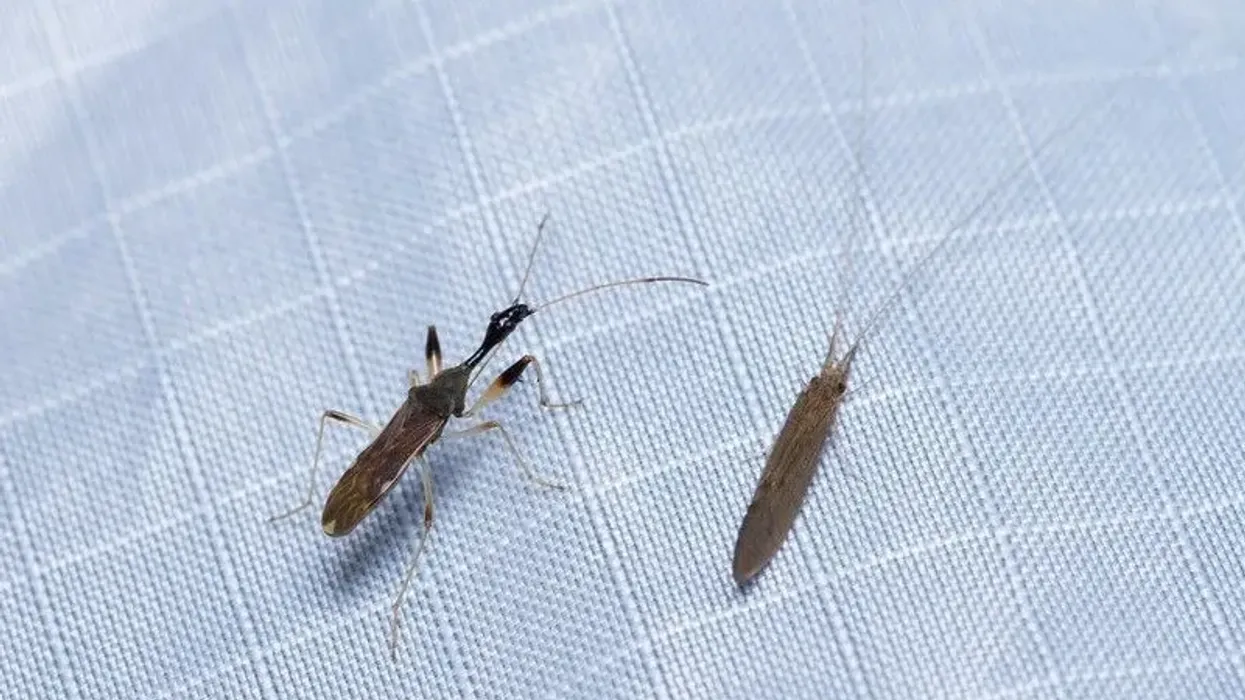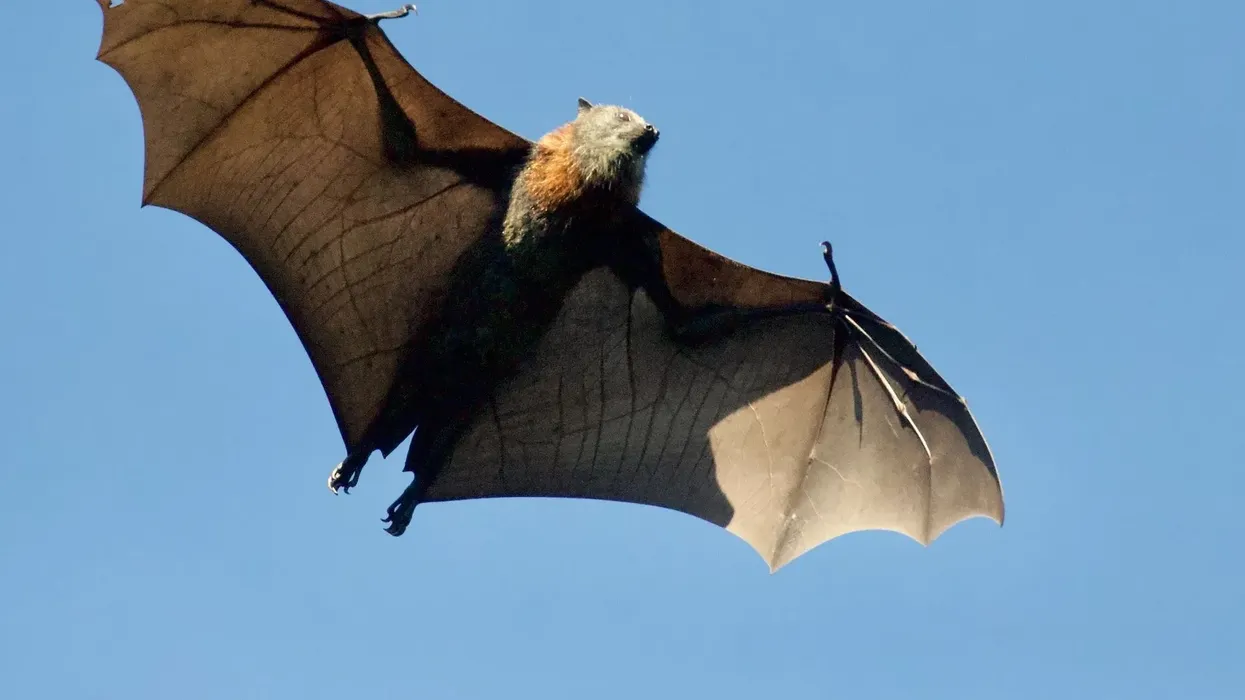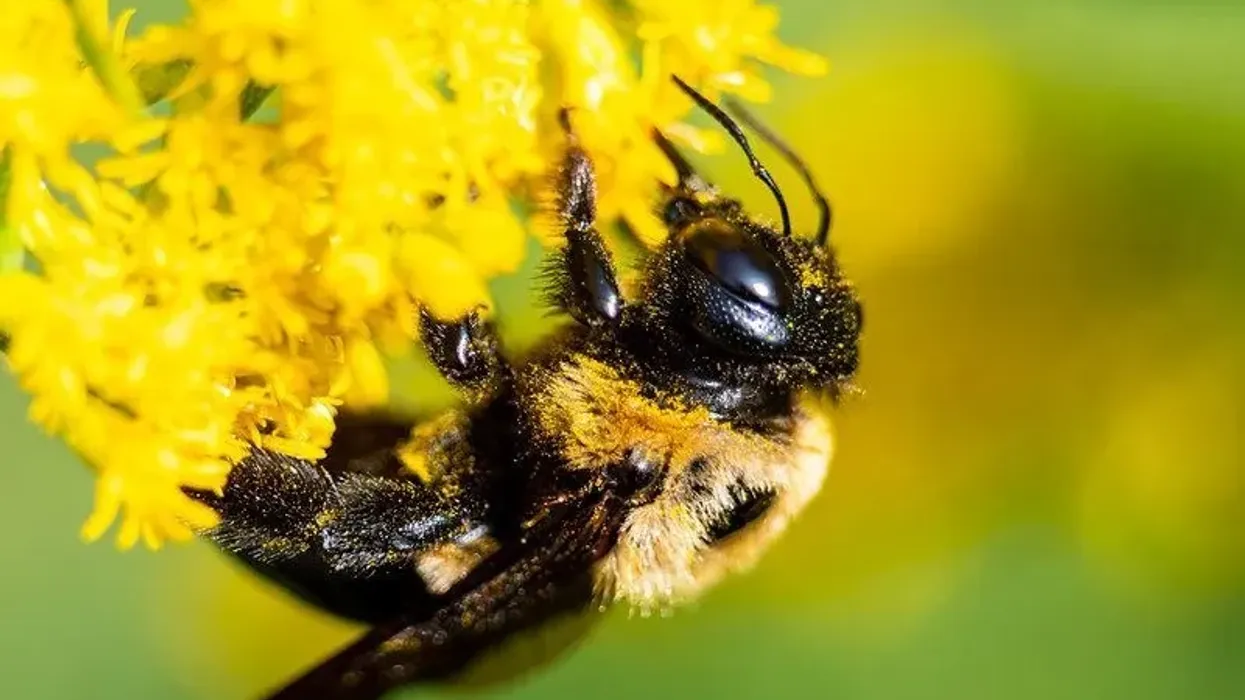Boxelder bugs are a common pest found in North America, particularly in parts of the eastern United States and Canada. They are usually described as a nuisance because they stain people's homes after infestation and are hard to remove.
To remove these bugs, many people have to go to extreme measures to seal cracks and crevices, install door sweeps, and buy tools such as a vacuum bag to get them under control.
Boxelder bugs like people's houses because they provide them with comfort and shelter during the harsh winter. They generally seek shelter during the fall or winter months, so they mostly hang around for a couple of weeks or months at maximum.
If you're looking through the cracks of any host trees or maple trees, you may find numerous bright red eggs lying around. Boxelder bugs feed on the host trees during the warmer seasons.
They are often born in large numbers and can be hard to manage or control. If you wish to find out more specific information regarding the boxelder bug, you can search through this article!
If you wish to read more similar articles such as this one, you can check out lace bug and elm seed bug.
Boxelder Bug Interesting Facts
What type of animal is a boxelder bug?
A boxelder bug is an insect that is found throughout the United States. They reside in many different types of trees such as boxelder trees, maple trees, and apple trees.
They become a nuisance to most homeowners during the fall and winter seasons when they infest homes and stain clean surfaces such as carpets, drapes, sofas, and beds all across the home. They are also called true bugs and penetrative-sucking mouthparts.
What class of animal does a boxelder bug belong to?
Boxelder bugs are in the Insecta class because they are formally recognized as insects. These bugs are often referred to as 'scentless plant bugs', however, they release many pungent odors to deter predators.
They are not known to bite often and cause harm to humans, but they do harm furniture and buildings by smearing their excreta all over the surfaces.
How many boxelder bugs are there in the world?
There currently isn't an exact estimate of how many boxelder bugs there are in the world. However, these pests reproduce at a very fast pace and female boxelder bugs lay hundreds of eggs at a time.
According to reports, there has not been a decrease in sightings or infestations in the last couple of years, therefore, one can presume that there are many boxelder bugs present in the world.
Where does a boxelder bug live?
Boxelder bugs are mainly found in parts of the eastern United States as well as eastern Canada. They are also common in eastern Nevada and places such as Iowa which are home to a lot of boxelder trees.
What is a boxelder bug's habitat?
Boxelder bugs live in trees such as boxelder trees, ash trees, maple trees, and apple trees throughout the summer. Their main habitat during the summer is forests that have mixed trees, deciduous trees, and meadows.
That is where they find the majority of their nutrients as they munch on leaves, fruits, flowers, twigs, and seeds. In the cold, winter temperatures they seek solace behind buildings, windows, homes, and sites where they can enjoy higher temperatures.
Who do boxelder bugs live with?
Boxelder bugs are called semi-social bugs. They reside and congregate in large groups. However, they lack structures within their social groups. They can be described as individual adult boxelder bugs who decide to formulate their groups.
How long does a boxelder bug live?
A boxelder bug generally lives for around one year. They have three main stages in their life cycle which are eggs, nymphs, and adults.
Once they're full-grown adults, they tend to become a problem since they can damage many structures and surfaces by entering homes and buildings through small cracks and crevices, dryer vents, door sweeps, wall voids, windows, and door screens.
How do they reproduce?
These bugs are known to breed seasonally. Before breeding, they feed for around two weeks. They reproduce through rear-to-rear body contact and have multiple mates.
The process through which they reproduce is called internal fertilization. The eggs take anywhere from 10 to 19 days to hatch. In terms of numbers, a female boxelder bug may lay 200 to 300 eggs at once or in smaller clusters like clusters of ten.
What is their conservation status?
The IUCN Red List has Not Evaluated the boxelder bug in its directory as they are in abundance.
Boxelder Bug Fun Facts
What does the boxelder bug look like?
At its full scale, the boxelder bug is around 0.5 in (12-13 mm) long and oval. It has three red lines on its thorax and a couple on each wing. When they get older, they attain a darker hue.
However, as nymphs, most boxelder bugs are bright red. Females generally have larger abdomens than men, and both genders possess dark markings on their heads. They are mostly distinguished by their markings.
How cute are they?
Boxelder bugs are not regarded to be cute since most homeowners consider them to be a nuisance. Since these pests don't offer any purpose, they are mostly looked at with disdain.
How do they communicate?
They primarily communicate through their scent glands and their antennae. This male pest secretes a compound to attract females. This may happen during early summer or even later on.
How big is a boxelder bug?
They are flat pests that have an oval-shaped body and six legs and measure around 0.5 in long (12-13 mm). They have two antennae on their backs, which cover half of their body.
Compared to other insects such as cockroaches, boxelder bugs are pretty small. This sometimes makes it harder to control them since they can easily enter crevices, small areas, buildings, wall voids, windows, and open vents.
How fast can a boxelder bug fly?
There isn't an exact estimate available on the speed at that boxelder bugs can fly. However, we do know the kind of distances that they can cover.
During harsh winters when winter temperatures are very low, these pests can fly distances measuring 3-4 mi (4.8-6.4 km) to search for buildings or even cracks and crevices that may be able to provide them the shelter they desire.
How much does a boxelder bug weigh?
The weight of these bugs has not been verified as of yet, and it is also difficult to assess this aspect from the naked eye as they are so small in size. The weight of a boxelder bug varies depending on the season, its reproduction cycle, its food intake, and its level of maturity.
What are the male and female names of the species?
Adult boxelder bugs do not have separate terms. Both genders are referred to as boxelder bugs.
What would you call a baby boxelder bug?
Baby boxelder bugs are called nymphs before they form into adults.
They are very small in size, so if you wish to make sure that you don't get an infestation, you should call pest control, seal cracks, and crevices with silicone, install door sweeps, repair holes in the ceilings and floorboards, and fix any water damage or vent problem that you have.
What do they eat?
Boxelder bugs are primarily herbivores that consume leaves, twigs, seeds, flowers, nuts, fruits, and plants as their food. These bugs feed on boxelder seeds and seeds from the host tree that they reside in.
One way to reduce the possibility of having these pests enter your house during the early summer is to replace any seed-bearing boxelder trees in your vicinity with those that are not seed-bearing. Another way is to plant male boxelder seeds since there are fewer chances of them nesting in a male boxelder tree.
Are they poisonous?
Boxelder bugs are not dangerous or poisonous creatures by default. They don't transmit any diseases, sting people, or unnecessarily bite people.
They have been known to bite people in rare circumstances when they're defending themselves. Even though they don't bite, their penetrative-sucking mouthparts can accidentally puncture a person's skin. Therefore, it is very important to call pest control if they are in homes, buildings, or urban sites and areas so that someone can come and control them.
People who live in areas where it is not possible to call pest control can use a vacuum bag and other home equipment to control the infestation. It is important to follow protocol to avoid the surge of carpet beetles.
Would they make a good pet?
During the fall, boxelder bugs enter many homes to seek refuge from the cold temperature. They are regarded as an annoyance since they don't offer any benefits and wreak havoc around the house by staining numerous surfaces and furniture items. Therefore, they do not make good pets.
Did you know...
These pests do not breed indoors, therefore, they do not lay eggs inside peoples' homes.
If they accidentally bite you, the mark will look like a mosquito bite. That bite may be more dangerous than a mosquito bite.
Are Boxelder bugs good for anything?
There aren't many benefits that boxelder bugs provide for the ecosystem or human beings. Additionally, since they don't have a commercial purpose for humans, for us, they can't be said to be good for anything.
Where do boxelder bugs lay their eggs?
During spring, a female boxelder bug lays her eggs in the crevices and cracks of the boxelder tree, and subsequently, in a couple of days, the nymphs hatch.
Here at Kidadl, we have carefully created lots of interesting family-friendly animal facts for everyone to discover! Learn more about some other arthropods including rain spiders or acorn weevils.
You can even occupy yourself at home by drawing one of our realistic bug coloring pages.

